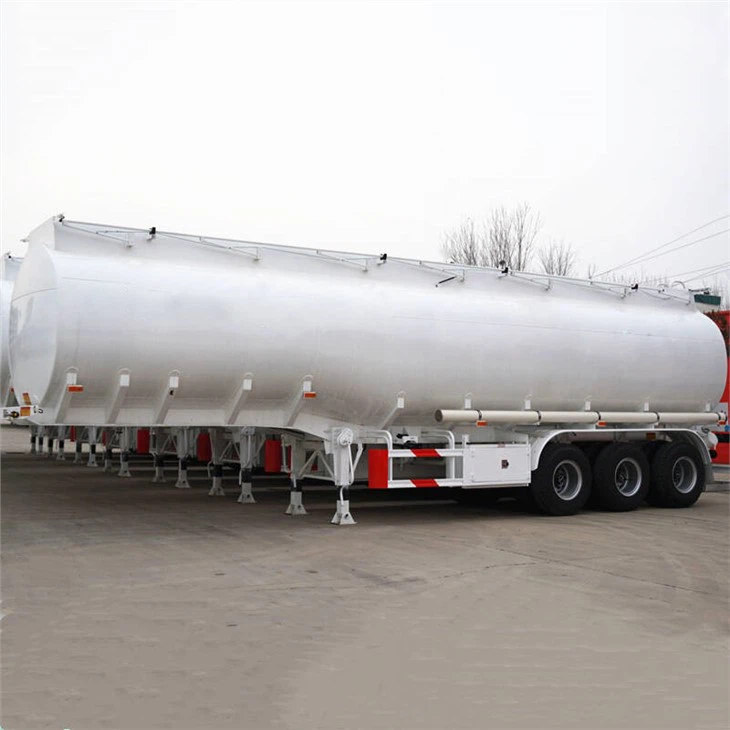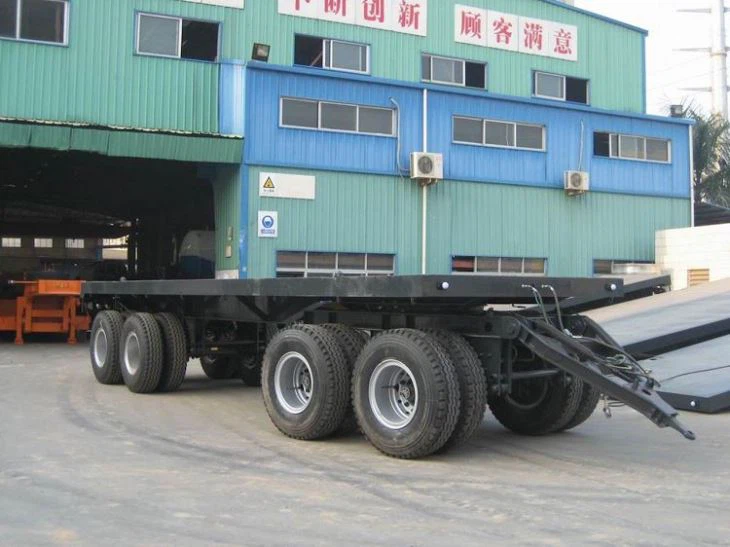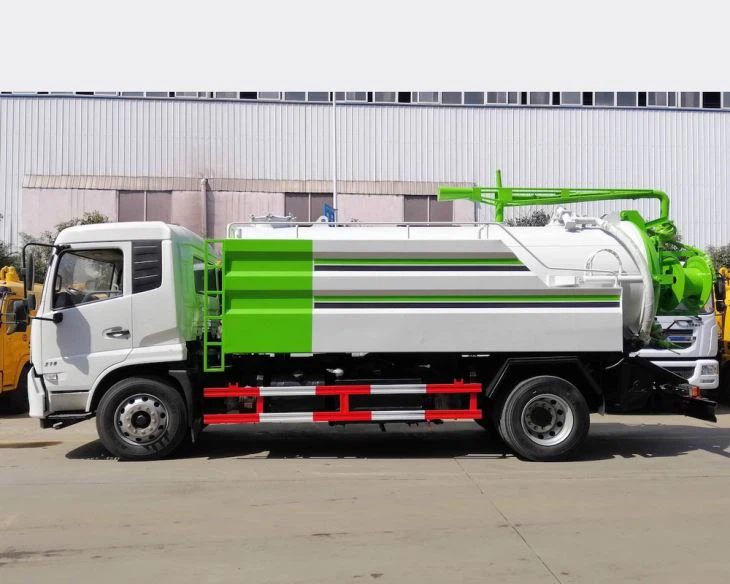Everything You Need to Know About Garbage Truck Side Loaders

In an ever-evolving world of waste management, garbage truck side loaders have become essential vehicles in ensuring efficient waste collection. This article delves into the intricacies of side loaders, their benefits, and how they revolutionize garbage collection systems.
What is a Garbage Truck Side Loader?
A garbage truck side loader is a specialized vehicle designed for refuse collection. Unlike traditional rear-loaders, side loaders have a mechanism that allows them to pick up trash from the side of the truck. This design promotes efficiency, reduces the need for manual labor, and enhances the overall garbage collection process.
Types of Side Loaders
There are primarily two types of garbage truck side loaders: automated and semi-automated. Each serves a unique purpose and offers various advantages.
Automated Side Loaders
Automated side loaders are equipped with robotic arms that can lift and dump waste containers directly into the truck. This process minimizes physical labor and speeds up collection times.
Semi-Automated Side Loaders
Semi-automated side loaders still require an operator to assist in the waste collection, but they feature mechanical arms to reduce manual lifting and carrying burdens. This hybrid approach balances efficiency and labor needs.
Benefits of Garbage Truck Side Loaders
Garbage truck side loaders offer multiple advantages that improve waste management practices:
1. Increased Efficiency
With automated technology, side loaders can collect waste faster than conventional trucks. This efficiency is crucial for cities with high refuse generation rates.
2. Enhanced Safety

By reducing the need for manual lifting, side loaders mitigate injury risks for operators. The ergonomic design aids in safer operation compared to traditional methods.
3. Space Optimization
Side loaders are designed to maneuver in tight spaces, making them ideal for residential areas where streets may be narrow. Their compact nature allows them to access locations that standard trucks cannot reach.
4. Environmental Impact
Optimized waste collection helps reduce the carbon footprint of garbage trucks. Many side loaders are now equipped with fuel-efficient engines, contributing to lower emissions.
5. Cost-Effectiveness
Although the initial investment in a side loader may be higher, the long-term savings in labor costs and fuel efficiency can justify the expenditure. Municipalities often save money on operational costs over time.
How Do Side Loaders Operate?
The operation of a side loader involves several steps that ensure effective garbage collection:
Step-by-Step Process
| Step | Description |
|---|---|
| 1 | The vehicle approaches the designated waste collection area. |
| 2 | The operator activates the hydraulic arms (in automated versions) or prepares to assist with the assisted collection process. |
| 3 | Once in position, the truck’s arms grasp the waste container and lift it to the loading position. |
| 4 | The waste is emptied into the truck with minimal manual intervention. |
| 5 | The truck moves on to the next collection point. |
Choosing the Right Side Loader
When selecting the ideal garbage truck side loader, several factors should be considered:
1. Capacity
Determine the volume of waste your area generates to choose a side loader with the appropriate capacity.
2. Type of Load
Consider the types of refuse to be collected. For instance, some side loaders are designed to handle specific types of waste, including recyclables or yard waste.
3. Budget
Assess your budget, factoring in both initial costs and long-term operational expenses.
4. Distance Between Pickup Points
Evaluate the distance between waste collection points; automated side loaders might be more suitable for routes with less congestion.
Maintenance Tips for Side Loaders
Regular maintenance is crucial to enhance the life and performance of garbage truck side loaders:

1. Routine Inspections
Perform daily checks on the hydraulic arms, body integrity, and performance of garbage collection mechanisms.
2. Lubrication
Ensure that moving parts are well-lubricated to reduce wear and tear.
3. Tire Maintenance
Regularly monitor tire pressure and tread as they affect fuel efficiency and safety.
4. Training Operators
Effective training for operators enhances safety and efficiency in the operation of side loaders.
Real-World Applications of Side Loaders
Garbage truck side loaders are deployed in numerous scenarios. Some common uses include:
1. Urban Waste Management
Cities frequently utilize automatic side loaders for quick and safe collection of residential and commercial waste.
2. Recycling Programs
Side loaders can be adapted to collect recyclables efficiently, encouraging sustainable practices.
3. Upcoming Trends and Technologies
Emerging technologies, such as electric side loaders and advanced telemetry systems, are beginning to shape the future of waste management.
Common Misconceptions About Side Loaders
Despite their advantages, several myths may lead to misunderstandings about side loaders:
1. They’re Only for Large Cities
Many think side loaders are suitable only for densely populated cities. However, they can benefit rural areas too, with their ability to access tight spaces.
2. They’re Not Cost-Effective
While the purchase price is higher than traditional garbage trucks, the long-term savings on labor and operational costs can outweigh the initial expenditure.
3. Maintenance is Complicated
Some believe side loaders are difficult to maintain; however, with routine inspections and proper care, they can operate efficiently for many years.
FAQs About Garbage Truck Side Loaders
1. What is the average lifespan of a garbage truck side loader?
The average lifespan of a garbage truck side loader is typically between 10 to 15 years, depending on its maintenance and usage frequency.
2. How do automated side loaders work?
Automated side loaders use hydraulic-powered arms to lift and dump waste containers without manual labor from operators.
3. Are side loaders environmentally friendly?

Yes, many modern side loaders are designed to be fuel-efficient, reducing their environmental impact during waste collection.
4. Can side loaders handle different types of waste?
Most side loaders can be adapted to collect various waste types, including recyclables, if equipped with the appropriate bins and mechanisms.
5. What should I look for in a side loader during purchase?
Consider aspects such as capacity, operational costs, maintenance needs, and specific waste it will collect to choose the right model.
6. Are side loaders safe to operate?
Yes, side loaders are generally safe to operate, particularly with automated systems that minimize manual lifting and associated injury risks.
